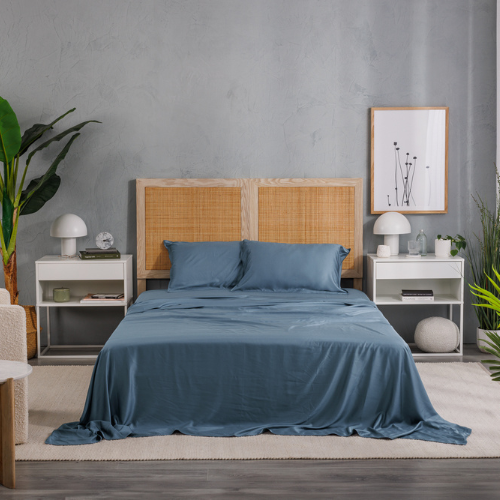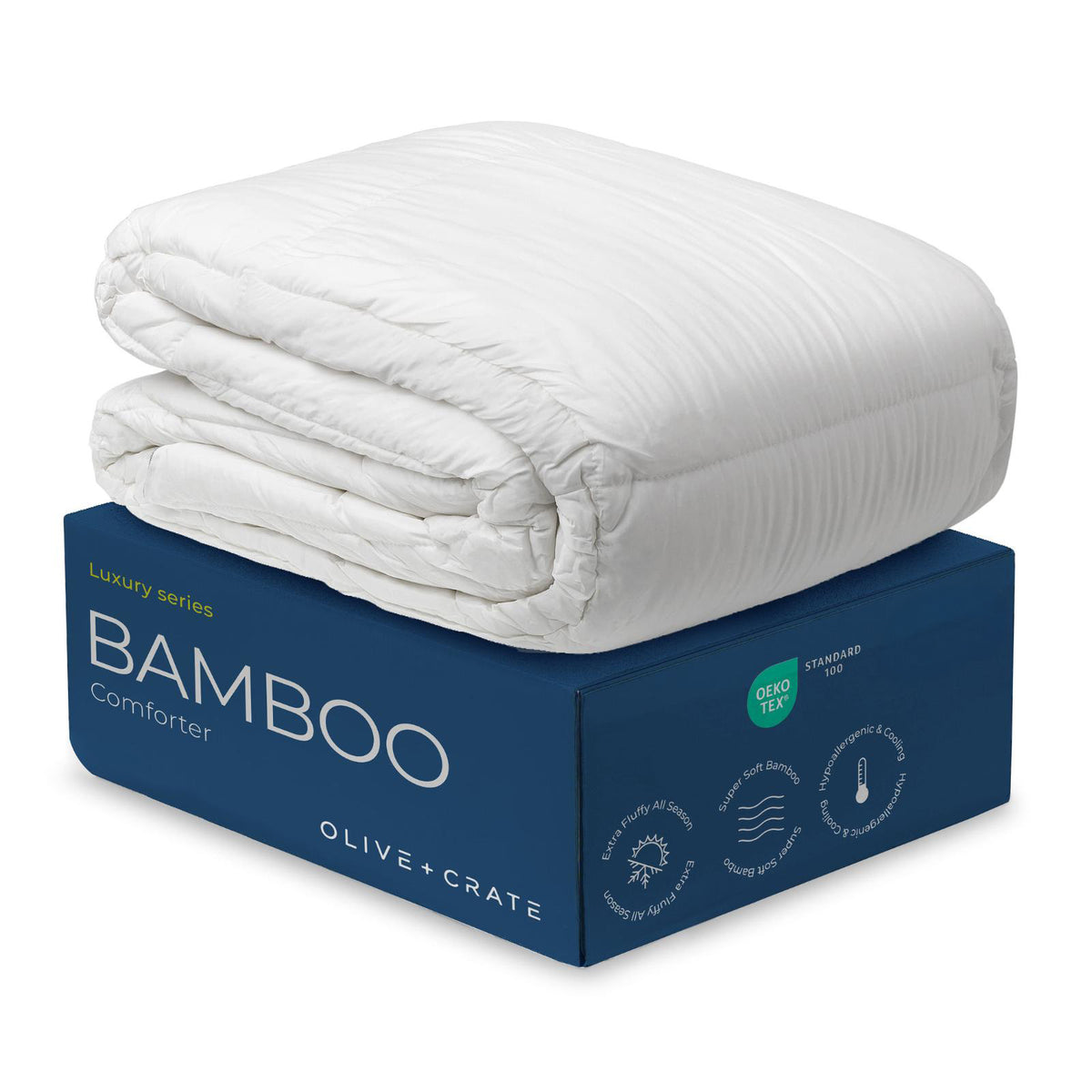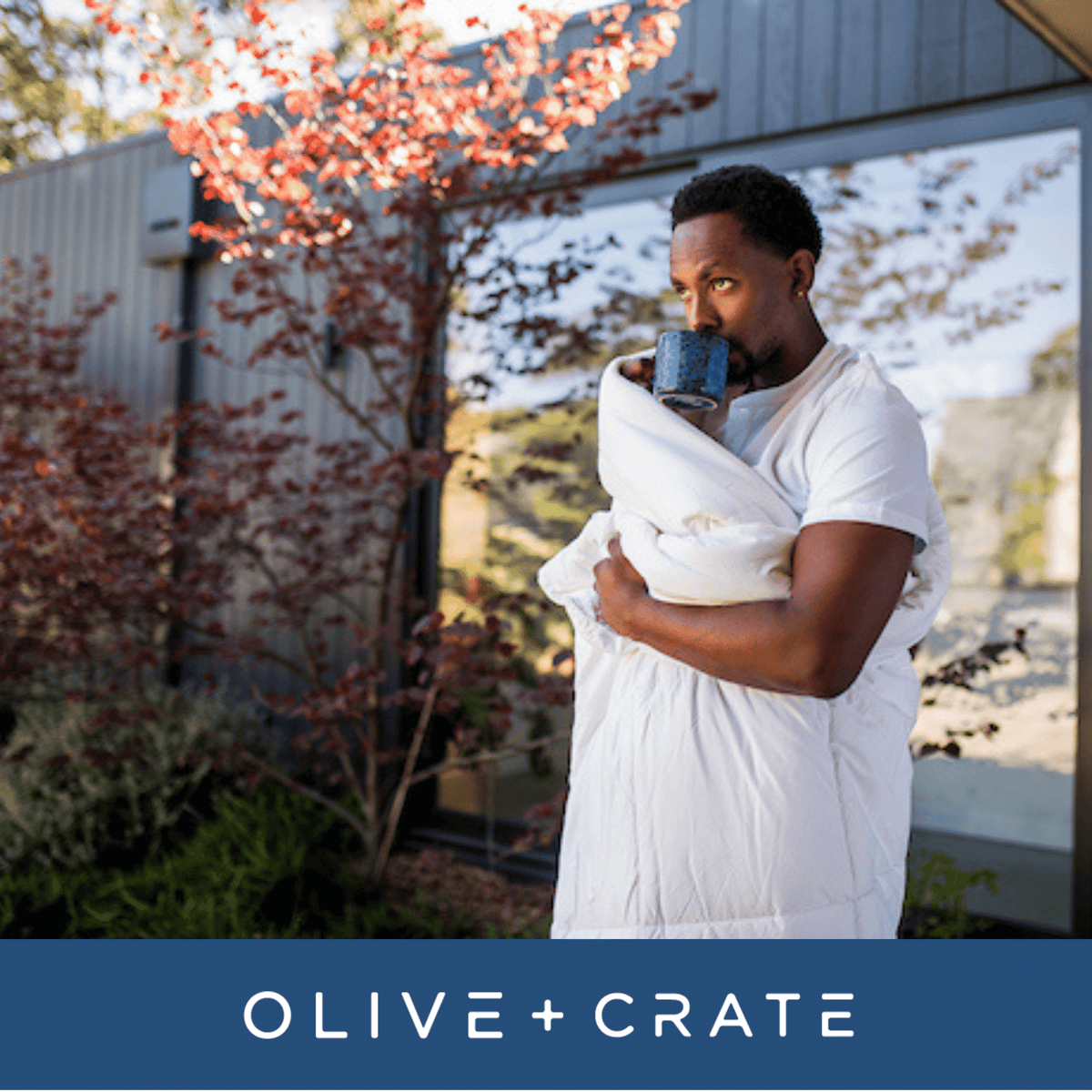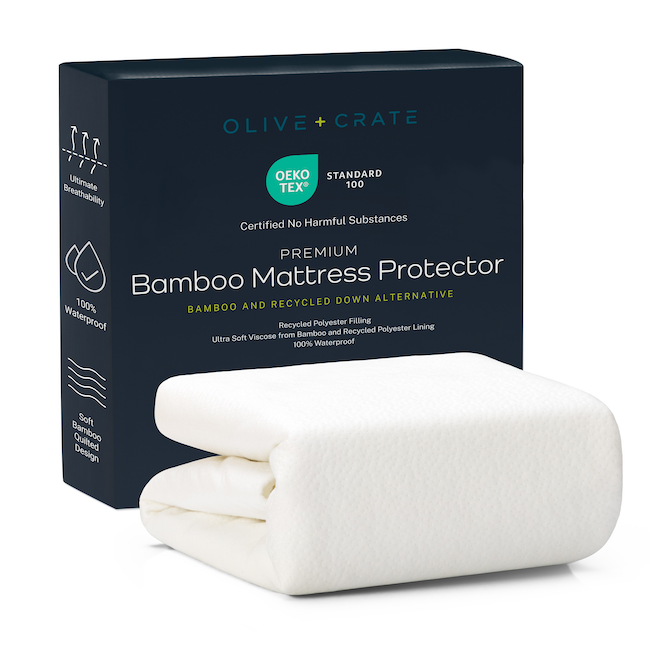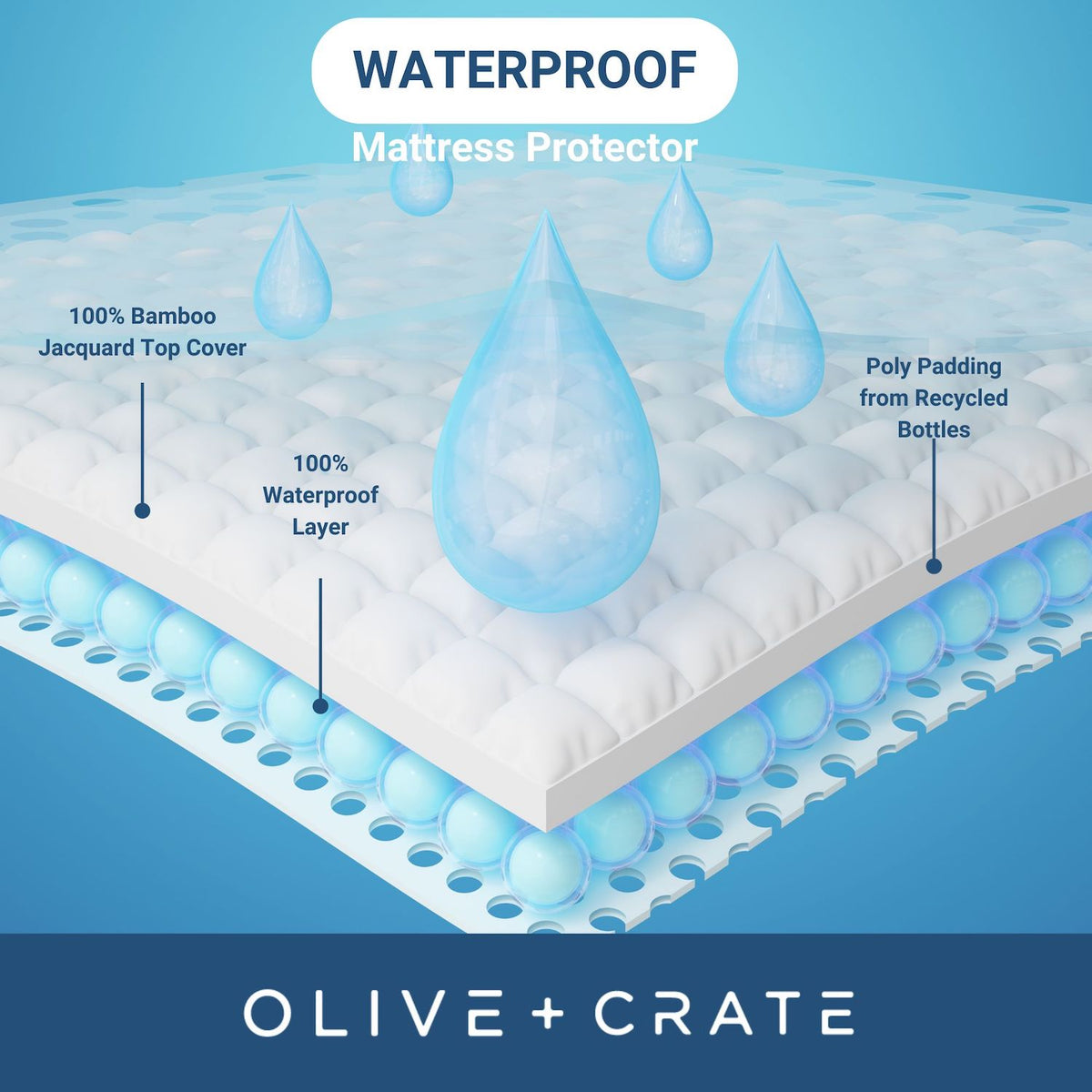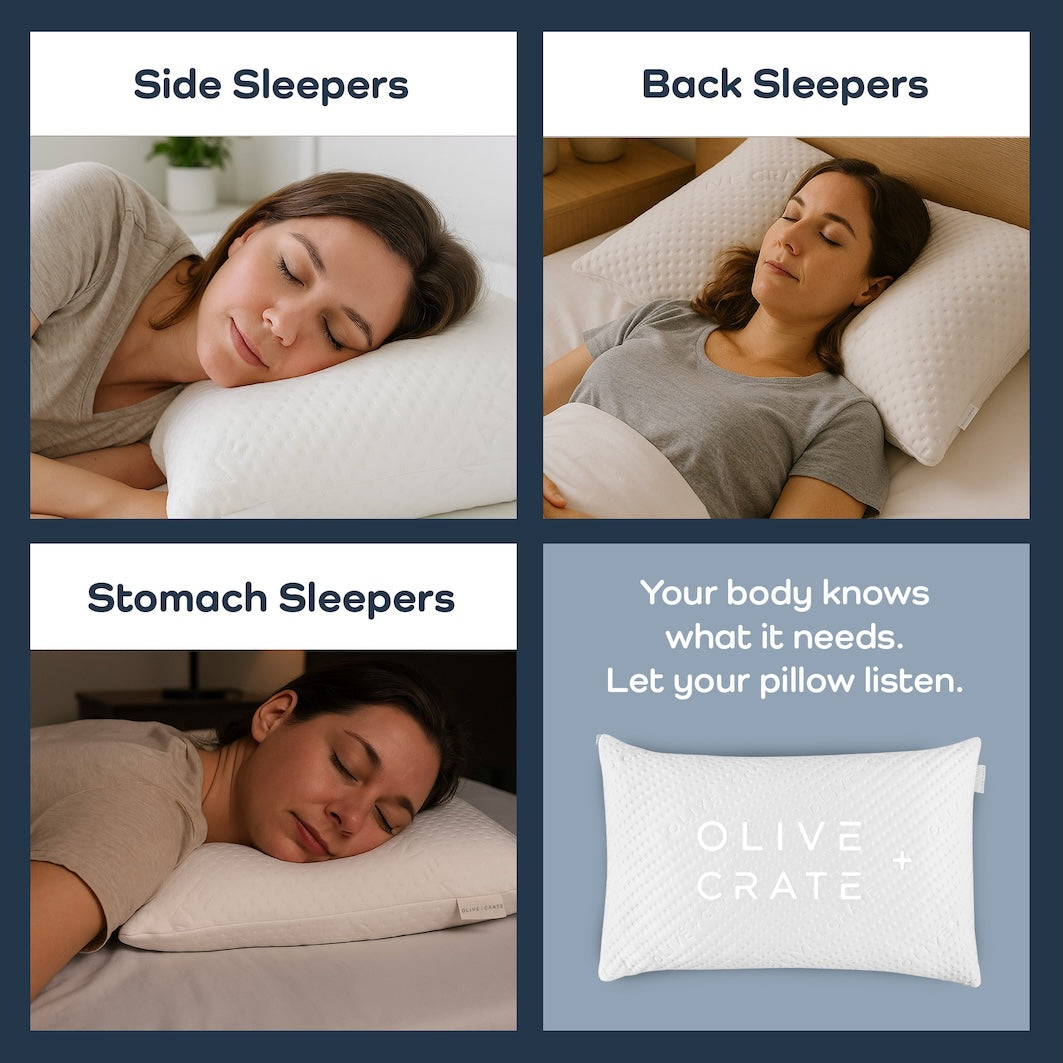If you’ve ever struggled with nighttime allergies, itchy skin, or the worry of germs lingering in your sheets, you’ve probably seen terms like hypoallergenic and antimicrobial tossed around in bedding descriptions. But what do they really mean—and which is right for you?
Understanding the differences between these two types of bedding can help you make the choice that supports healthier, more comfortable sleep.
What Does Hypoallergenic Mean?
Hypoallergenic bedding is designed to reduce exposure to allergens like dust mites, mold, and pollen. These sheets and duvets are often made from tightly woven or naturally resistant fibers, which minimize the build-up of irritants that can trigger asthma, congestion, or skin flare-ups.
For families navigating seasonal allergies or caring for a child with sensitive skin, hypoallergenic bedding provides a crucial layer of defense against nighttime discomfort.
What Are Antimicrobial Sheets?
While hypoallergenic bedding helps reduce allergens, antimicrobial sheets go a step further by actively resisting the growth of bacteria, mold, and fungi. Think of them as bedding with a natural shield, creating a cleaner sleep environment that stays fresher for longer.
Natural fibers like eucalyptus TENCEL are especially powerful in this regard, which is why so many wellness-focused sleepers are drawn to the benefits of eucalyptus sheets for sensitive skin.
Are Antimicrobial Sheets Safe?
Absolutely. When made from plant-based fibers, antimicrobial sheets are free from toxins and safe for even the most sensitive sleepers. They’re breathable, moisture-wicking, and silky-soft, so comfort and health go hand in hand.
Many people exploring options for the best sheets for sensitive skin often discover how eucalyptus feels gentler and cooler than cotton or synthetics.
Hypoallergenic vs. Antimicrobial Bedding: A Quick Comparison

Why It Matters for Sensitive Sleepers
If you or your child wakes up congested, itchy, or wheezy, hypoallergenic sheets can make an immediate difference. They minimize everyday triggers like dust mites, mold, and pollen that often lead to restless nights.
For skin conditions such as eczema or psoriasis, bedding plays a bigger role than most realize:
-
Eucalyptus fibers feel cool and silky, easing irritation and reducing the urge to scratch.
-
Fewer allergens in your sleep environment means less redness and discomfort in the morning.
How Long Do Germs Live on Sheets?
On regular bedding, bacteria can linger for days—or even weeks. Add in pets, sweat, or recent illness, and your sheets may be holding far more than last night’s dreams.
Antimicrobial sheets help by:
-
Slowing bacterial growth naturally, thanks to plant-based fibers like eucalyptus.
-
Keeping bedding fresher between washes, so your sleep feels clean and calm.
Think of it as a built-in shield, working quietly while you rest, so you can climb into bed with peace of mind.
Making Your Bedroom a Healthier Space
Clean bedding is only part of the wellness equation. Small, consistent changes make the biggest impact:
-
Swap heavy, synthetic comforters for breathable, natural fibers.
-
Improve airflow by opening windows or using an air purifier.
-
Keep humidity in check to reduce mold and dust mites.
Layering these habits with the right bedding choices, like following tips for making your bedroom hypoallergenic, turns an ordinary room into a sanctuary for rest and recovery.
Your Next Step Toward Restful Sleep
At the end of the day, bedding is about creating a space where your body can actually rest. Choosing natural, breathable fabrics helps keep allergens and germs at bay while giving you the comfort you need to unwind.
If you’re curious to try it, you can explore Olive + Crate’s TENCEL eucalyptus bedding collection. It might be a small swap, but it’s one that can make bedtime feel calmer and mornings feel a little brighter.


